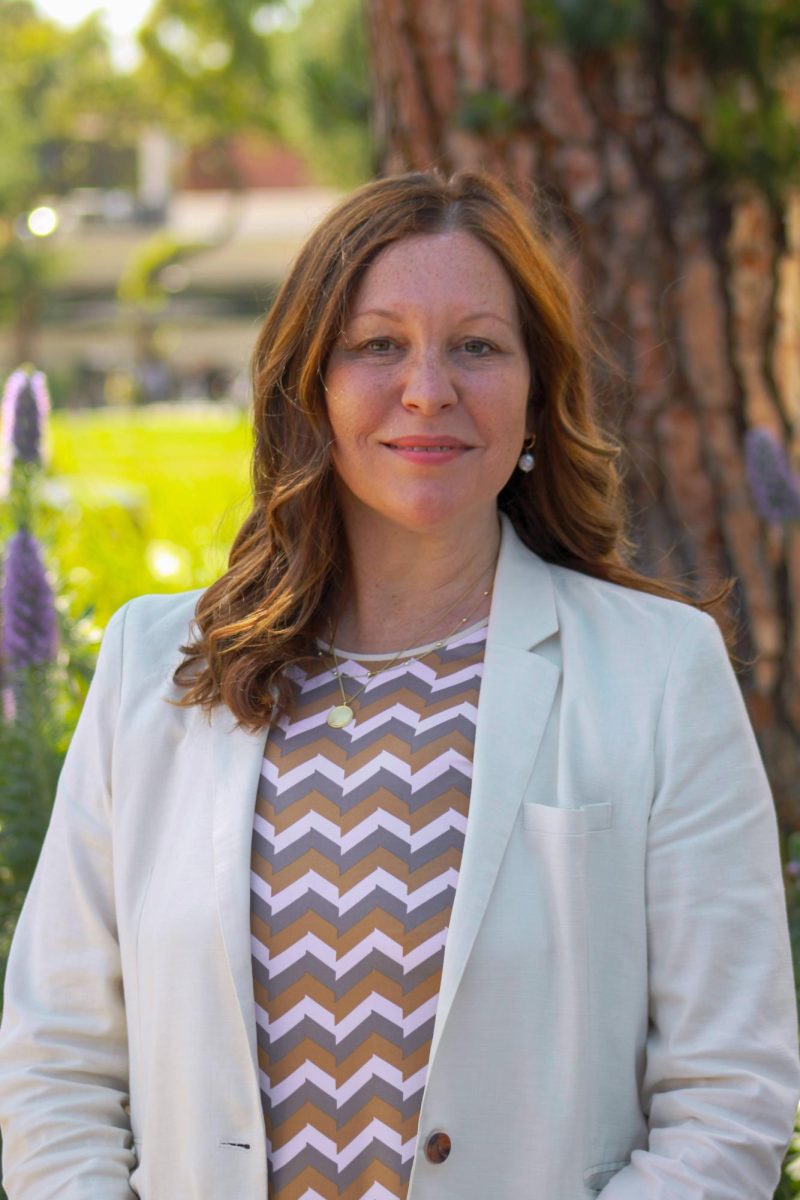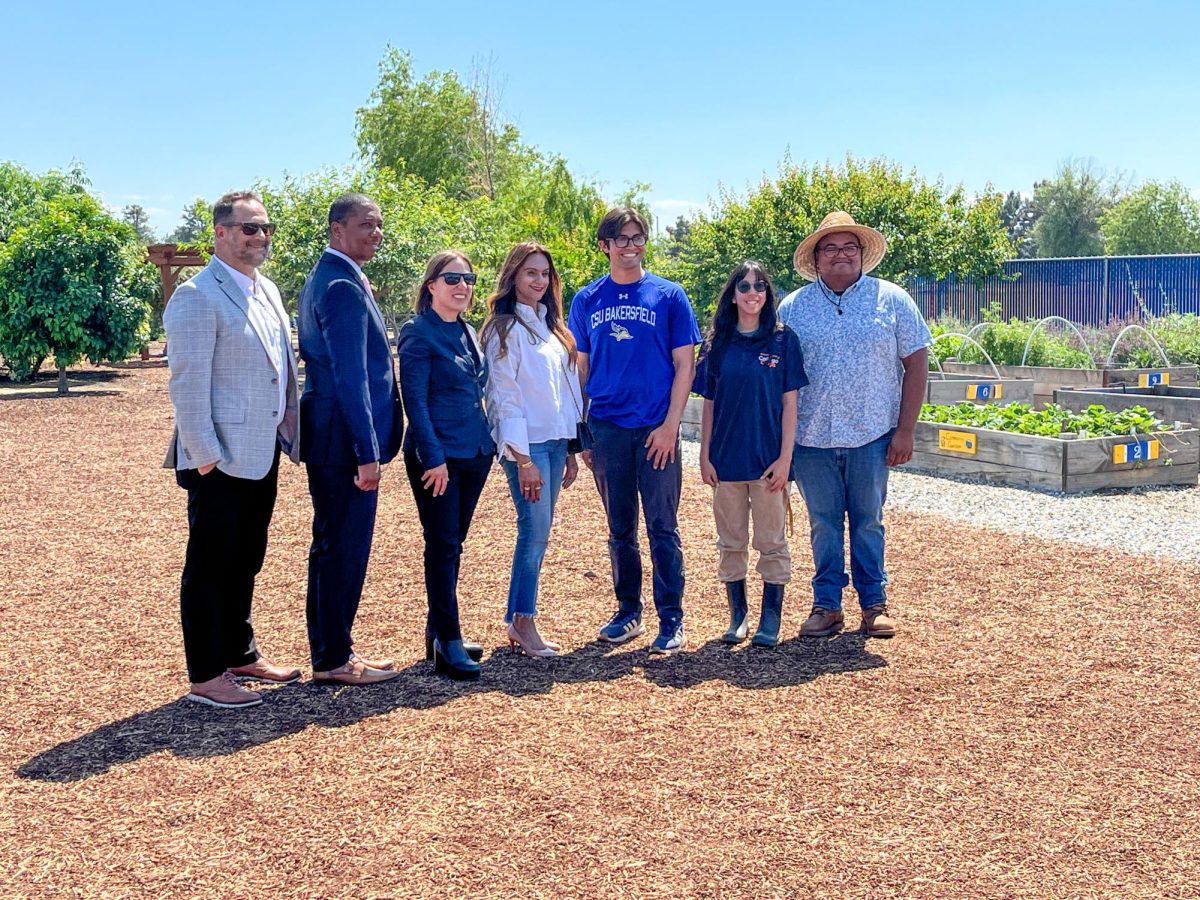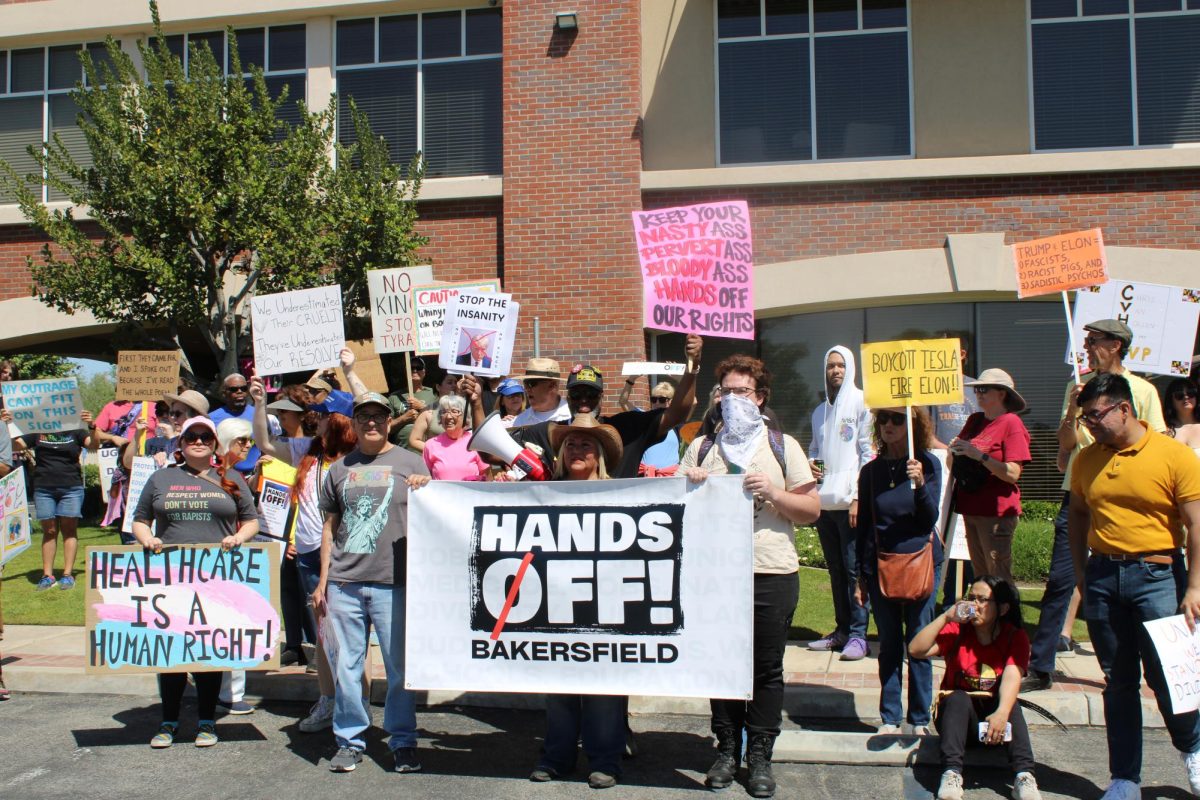By Steven Barker
Managing Editor
Editor’s Note: This is the fourth installment of By the Numbers, a news series comparing CSUB’s statistical rankings to other CSU campuses.
California State University, Bakersfield’s faculty ranks the 10th-most ethnically-diverse in the state university system.
According to a report released by the Chancellor’s Office, of the 244 faculty members employed at CSUB as of Oct. 31, 2012, 85 were of non-white heritage. Minorities, as a result, constituted almost 35 percent of CSUB’s faculty. CSUB’s ethnicity percentage ranks ahead of the CSU systemwide average, which is nearly 33 percent.
CSU Los Angeles’ faculty ranks as the most diverse, with nearly 48 percent of their staff representing minorities.
The report excluded all librarians, coaches and counselors, who were listed in a separate report.
Horace Mitchell, president of CSUB, has stressed the importance of ethnic diversity among the university’s personnel. Since the start of his presidency in 2004, Mitchell wrote in his 2004 vision statement that CSUB would be the “leading campus in the CSU system” in a number of categories, of which faculty diversity was included.

However, citing “draconian” cuts to the CSU budget, Mitchell said that progress regarding faculty diversity has been limited. From 2008 to 2012, the CSU budget was slashed by more than $1 billion, 33 percent of the CSU’s total budget.
In response to such issues, Mitchell has created a new position, the Assistant to the President for Equity, Inclusion and Compliance, whose role is to advise him on “issues around diversity, particularly diversity in the faculty,” Mitchell said. Claudia Catota currently works in that position.
Student opinions on the significance of CSUB’s faculty diversity differed.
“I think it’s a big deal,” said Rebecca Simensky, a junior psychology major. “It can encourage students to further their education if they come from a particular background where education is not pushed so hard.”
Anis Sakr, a junior philosophy major, agrees.
“It’s significant because, since our campus is diverse, it gives first-hand opportunities to see and meet faculty from different backgrounds,” he said.
“In a sense, diversity doesn’t limit us to a black and white boundary,” he continued. “But rather, a diverse group of faculty … exposes us to different cultures and races, which, I think, are essential for us to understand, especially at a university.”
Saleh Obeid, a junior economics major, thinks faculty diversity isn’t as significant as others believe it to be.
“I would say that, because of how interconnected everyone becomes through social media and through growing up in California, which is a diverse state itself, race becomes just another detail in knowing or classifying a person,” said Obeid.
“Along with race comes many stereotypes and expectations, and now those same stereotypes and expectations are downplayed because race itself isn’t as important.”








